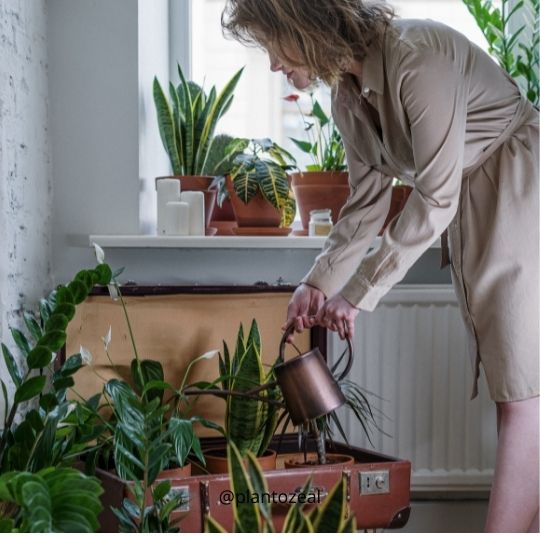The most versatile low humidity houseplants are those that thrive in dry areas. Plants that are native to bone-dry environments are more tolerant of dry air. They do this by having fewer leaves, which results in fewer stomata, and this aids them in reducing water loss significantly.
Interesting fact: Succulents are the well-known and best low moistness houseplants. Houseplants that thrive in dry conditions. usually have thicker foliage and the leaves are typically covered with hair or wax. Which aids in reducing the amount of water evaporating.
Interesting introduction of low humidity houseplants
Low humidity houseplants are perfect for dry air indoor spaces. These amazing low moistness indoor plants will do really well in dry living spaces. They can survive with a little amount of water. These amazing houseplants are really very easy to propagate and care for.
- Strings of Pearl
- Spineless Yucca
- Snake Plant
- Ox Tongue
- Kalanchoes
- Clivia
- Bunny Ear Cactus
these houseplants are very popular for indoor spaces. they can thrive well in different conditions of indoor space. Read More
1. Strings of pearl: Low humidity houseplants with a necklace-like appearance
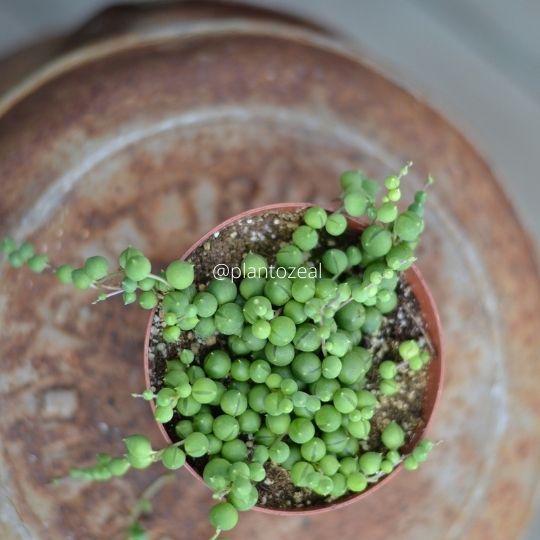
Botanical Name: Senecio rowleyanus
The Strings of Pearls is most certainly a fascinating trailing houseplant. Its long and slim stems with delicious beads make it an extremely interesting plant that allures all ages. This plant is a type of succulent and native to dry areas. . So, the string of pearls doesn’t need a lot of humidity to grow. These are low humidity houseplants, so dry air can’t harm them.
Give an adequate amount of water once every two weeks. Don’t overwater these plants because they are very sensitive to overwatering.
2. Spineless Yucca: Evergreen low humidity houseplants
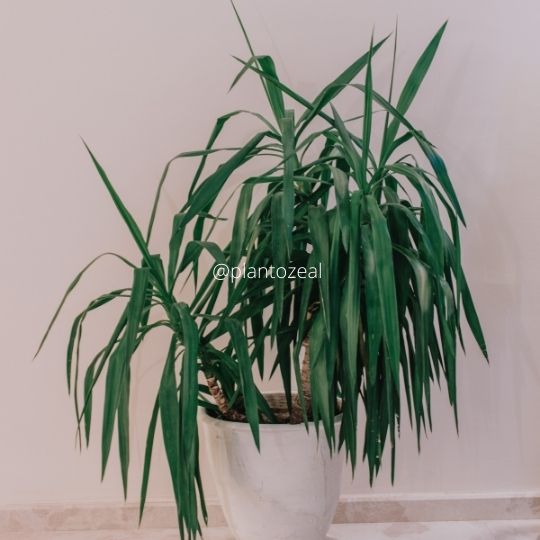
3. Snake Plant:

Botanical Name: Sansevieria trifasciata
Snake Plant is a tough-to-kill plant that thrives in lack of care. This plant can also endure dry indoor conditions very well. There are approximately 70 species of snake plants. Which are all native to tropical or subtropical areas in Europe, Africa, and Asia. They’re low humidity houseplants and can be tall from 8 inches to 12 feet. Place them in indirect sunlight and don’t overwater, especially during the winter months. It is better to let them dry between irrigations. A small amount of general-purpose fertilizer is an option when the plants are placed in pots.
4. Ox Tongue:

Botanical Name: Gasteria sap
These low humidity houseplants are also known as Gasteria, cow’s tongue. It thrives well in dry rooms, particularly during winter, when the dry air can become an issue! Similar to other succulents, these plants do not require a lot of water. The soil should be allowed to completely dry between irrigations. If the plant experiences rain outside, generally no additional watering is needed. The plants like bright sunlight but not harsh sunlight. They should be protected from the scorching afternoon sun. Yellow or white leaves could indicate it is receiving too much sunlight.
5. Kalanchoes: slow- growing, low dampness houseplants
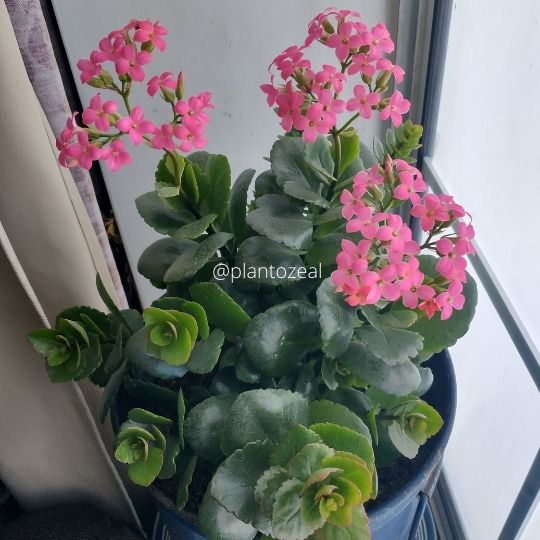
Botanical Name: Kalanchoes
Kalanchoe is a slow-growing plant, it takes about two-five years to mature. It is available in beautiful shades of pink, red white, yellow and red. The plant is able to thrive with only a small amount of water. Allow the soil to dry completely between waterings in order to avoid root decay. Be sure to keep them away from any windows that are open in frigid climates. These low humidity houseplants thrive best in soil that is well-drained and sandy.
6. Clivia: Beatiful low moistness houseplants
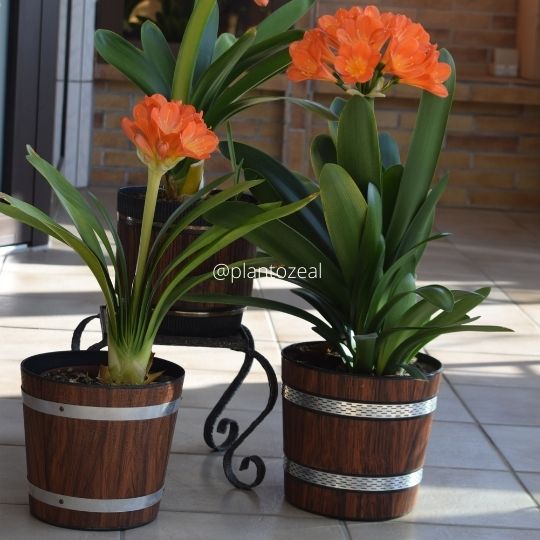
Botanical Name: Clivia miniata
The Natal Lily ( Clivia miniata) is a beautifully delicate, frost-tender plant for indoor spaces. It has tall stems that are topped by huge round heads of vibrant flowers. which bloom from the end of winter until spring. These low humidity houseplants are indigenous to South Africa.
Clivia is able to live for several years. This can grow to about 45cm in height and 30-40cm in width. . In the growing seasons, the clivia will require regular watering. The frequently watering every week will be too much and could cause root rot.
7. Bunny Ear Cactus: Cute low humidity houseplants
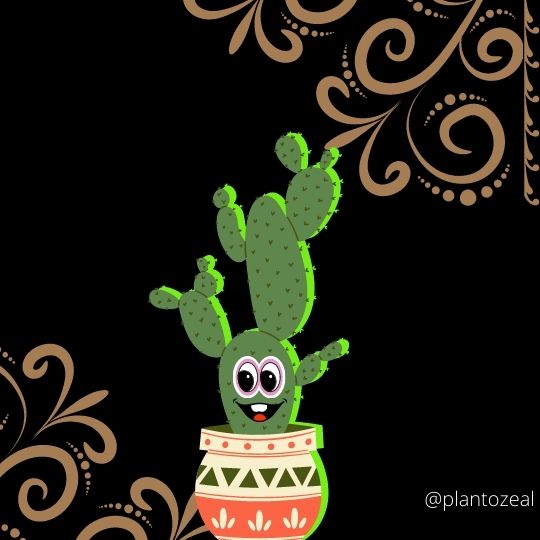
Botanical Name: Opuntia microdasys
These low humidity houseplants are not just appealing, but also easy to care for. Bunny ear cactus is native to Mexico, Opuntia microdasys. It has many popular names such as angel’s wings cactus, as well as the polka-dot cactus. This variety of cactus requires continuous, bright, direct sunlight. If you want to grow it as a houseplant it must be planted in the sunniest spot. Bunny ears are extremely prone to root rot when they are exposed to excessive humidity. It blooms perfectly in dry indoor air with gorgeous yellow flowers.
FAQs
An adequate amount of humidity levels is essential for plants. Proper humidity levels enable plants to grow properly. Plants with too little dampness often experience stunted development and face difficulty in absorbing water.
Humidity levels between 40 and 60% are ideal for most houseplants. But, Cacti or succulents will be able to survive at a minimum humidity of 10%.
Large numbers of our indoor plants come from moist forest conditions. So moistness in the air is essential to keep plants rich and healthy. The ideal moistness for houseplants is 40-60% higher than the moistness levels found in our homes. Particularly throughout the colder time of year when chimneys and heaters make drier cool.
